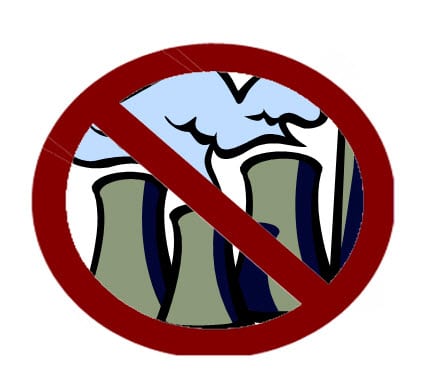
Scientists at the University of Illinois find inroads into hydrogen fuel cell size factor
June 13, 2011Environmental concerns and the interest of energy independence has been a driving force behind hydrogen fuel.
Hydrogen has been singled out from the midst of other renewable energy sources for its ability to produce power comparable to oil. Fuel cells are a rare achievement, symbolizing a product that countless engineers and scientists have labored to make possible.
There have been many obstacles hampering the progress and incorporation of hydrogen fuel cells, but they are being overcome by ambitious researchers all around the world. As infrastructure for a hydrogen powered transportation industry is being established, there is headway being made in regards to the efficiency and cost of production of fuel cell units. With these challenges being handily surmounted, researchers at the University of Illinois are left with one issue: How to make fuel cells smaller and cooler.
The performance of fuel cells is somewhat dependent upon their size. Smaller fuel cells are enough to power cars and other vehicles, but to power residences and office buildings, large units are required. Researchers have been experimenting with ways to increase the performance of fuel cells without having to yield ground in terms of unit size. They may have found a method that works in the solid oxide fuel cell.
“Solid oxide fuel cells offer the potential to scale down to very small dimensions without losing their power output,” says Christos Takoudis, professor of bio and chemical engineering at the University.
A solid oxide fuel cell is an electrochemical conversion device that generates electricity from oxidizing hydrogen. These types of fuel cells are acclaimed for their efficiency and longevity as well as their relatively low cost. The only drawback, says Takoudis, is that the operating temperature of the fuel cell is extremely high. To remedy this, researchers are experimenting with nano-materials that can either dissipate or insulate the heat within the fuel cell, keeping it from becoming hazardous.



 HFN News is your leading source for fresh hydrogen and renewable energy updates. Amid the fast-paced growth of hydrogen companies, we provide top-notch news and insights about this exciting sector. Our coverage spans from hydrogen cars to global sustainable initiatives, and we highlight the latest in green jobs and developing hydrogen hubs. We invite you to share your local hydrogen news and explore today’s renewable energy job listings on our site. Thanks for choosing HFN News as your trusted guide to the hydrogen and renewable energy world!
HFN News is your leading source for fresh hydrogen and renewable energy updates. Amid the fast-paced growth of hydrogen companies, we provide top-notch news and insights about this exciting sector. Our coverage spans from hydrogen cars to global sustainable initiatives, and we highlight the latest in green jobs and developing hydrogen hubs. We invite you to share your local hydrogen news and explore today’s renewable energy job listings on our site. Thanks for choosing HFN News as your trusted guide to the hydrogen and renewable energy world!